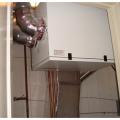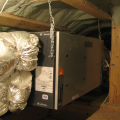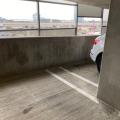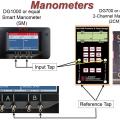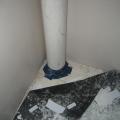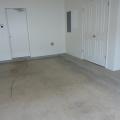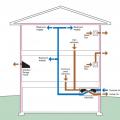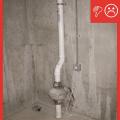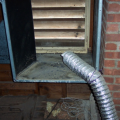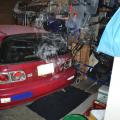Showing results 51 - 67 of 67
This central ventilation system uses an energy recovery ventilator, pre-conditioning unit, and elevator shaft exhaust fan to supply air to dwelling units and corridors and to exhaust air from units and the elevator shaft in a multifamily building
This energy recovery ventilator (ERV) provides balanced ventilation to a dwelling unit in a multifamily building
This HRV, installed in a conditioned attic, provides balanced ventilation to the whole home
This multistory stairwell has an automatic damper that is integrated with the engineered smoke control system.
This new filter is inserted into furnace filter slot on the return side of the furnace with the arrow on the side of the filter frame pointing in the direction of airflow, which is toward the furnace.
This shared parking garage in a multistory multifamily building is open to the exterior, allowing for natural air changes to control airborne contaminant concentration.
To test house-to-garage airtightness, after connecting the green tubing as shown, connect the red tubing as follows: connect the input tap on channel “A” of the two-channel manometer (2CM) to the reference tap on channel “B” of the 2CM
To test house-to-garage airtightness, first set up the blower door kit with the smart manometer in the blower door
Two manometers are used when pressure testing the airtightness of the walls separating the house from an attached garage
When HVAC systems are installed in enclosed garages, it is preferable that the equipment is located within an air-sealed room that is connected to the conditioned space.
When moisture is trapped inside walls, mold can grow unchecked, causing damage to the walls and health impacts for the occupants.
Wrong – Cars should never be left running in a closed garage. Air seal walls, install a garage fan, and inform home owners of the dangers of running a vehicle with the garage door shut
Wrong – this framing material has a moisture content above 18% as shown by the moisture meter

